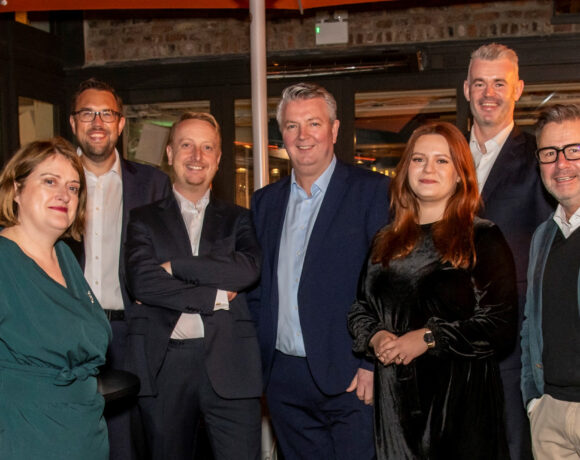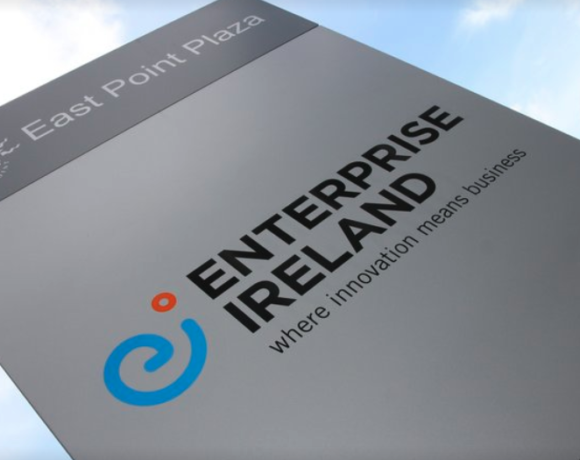Dave A. Barry, founder of Conexion explains how the importance of exploring the right ‘people analytics’ is crucial in the modern hunt for talent.
As a HR leader, I consider myself very fortunate to have worked with both Eli Lilly (biopharmaceutical) and Trend Micro (cybersecurity) during periods of significant organisational transformation. Between 2009 and 2011, Lilly strategically-downsized from a global employee number of 40,500 to 35,000 while adhering its values of Integrity, Respect for People and Excellence.
As one of the many executives at the time to assist with this transformation, I became a Lean Six Sigma Black Belt¹, and it was this continuous improvement methodology training that kickstarted this HR guy into further-embracing data.
Amid the War for Talent 2.0², competition is rife, everybody wants everything yesterday, plus data to go along with that. For HR, this can sometimes feel overwhelming, particularly when the scary-sounding ‘people analytics’ is mentioned.
Let’s start with removing some of the fear on that one. Simply, people analytics is the discovery, interpretation and communication of meaningful patterns in people-related data.
“Simply, people analytics is the discovery, interpretation and communication of meaningful patterns in people-related data.”
Predictive…Predict.
For a focus on data to help achieve people strategy, we must first start with three questions:
- What is the organisational opportunity? (Strategy)
- Who do we need to be onboard with the strategy? (Talent)
- How will we know that the strategy is being achieved? (Analytics)
To answer the above questions, and continually-assess progress, the power of data in joining the dots cannot be underestimated.
Right now, HR is predominantly still at the early stages of embracing data analytics, as validated by Chartered Institute of Professional Development (CIPD) ‘People Analytics: Driving Business Performance with People Data’ October 2018 survey.
The survey found that six out of ten Ireland/UK professionals (57%) reported that they have access to people data, compared to four in ten US respondents (41%).
However just 17% of Ireland/UK professionals use this data on a daily basis, the lowest of all the regions in the survey.
From a What perspective, on which data – including perspective and benchmarking – are we basing the fact that we have either an organisational opportunity (e.g. attraction, engagement) or problem (e.g. productivity, retention)?
Only when fully-validated should a related organisational strategy follow, via company objectives that are tangible, memorable and measurable.
From a Who angle, an end-to-end Talent Management approach is required. Across each of employee attraction, management, development, engagement and retention, what data do we have that is either helping or compounding the desired change? Based on this data, what initiatives might be required?
Regarding How then, which people data will be proactively captured to assess the change?
It may surprise to hear that both the collation and interpretation of people analytics does not need to be overly-complex or technical.
As appropriate for your organisation, you can join the What, Who & How.
Some interesting case studies from recent years for you to consider:
…a one-point positive shift in the satisfaction ratings of private sector employees was associated with a +8% higher market valuation and +52% higher profitability… (University of Kansas, 2015)
…a one-point shift in the quality of management practices had the same impact on productivity as a 25% increase in labour employed and a 65% increase in capital investment…
(London Centre for Economic Performance & Productivity and McKinsey, 2007)
Per these case studies and more, when organisational strategy is based on validated data, Talent Management on end-to-end data and people analytics on patterns, these can be the outcomes. Let us not forget also that the Future of Work is already here in which automation, gig economy and longevity are requiring deeper human management of work/life. Per Dalai Lama XIV, “our prime purpose in this life is to help others. And if you can’t help them, at least don’t hurt them”. For HR, an increased focus on data can help not only achieve people strategy, but also our higher professional purpose.
At the Local Authority 20th Annual HR Conference in Dublin on October 11th, I was delighted to speak on the above, and look forward to further-collaborating with you in 2019.
For more information please visit @daveabarry and @ConexionIE
www.conexion.ie
1 Lean Six Sigma is a method that relies on a collaborative team effort to improve performance by systematically removing waste and reducing variation. It combines lean manufacturing/lean enterprise and Six Sigma to eliminate the eight kinds of waste (muda): Defects. Overproduction.
2 War for Talent 2.0 is the phrase used by HR professionals to highlight the ongoing global challenge to recruit new talent. According to a recent study, talent shortages are cited as a key business challenge by more than 50 percent of business leaders — as attention shifts from cost cutting to things like innovation, skills development, and rebuilding business growth as economies improve.













